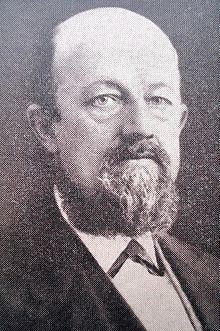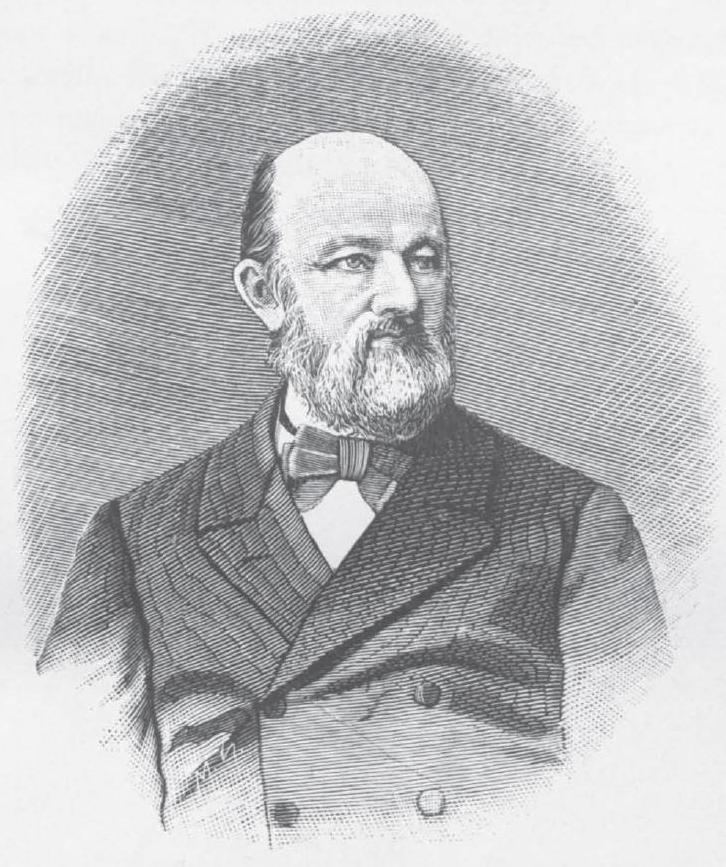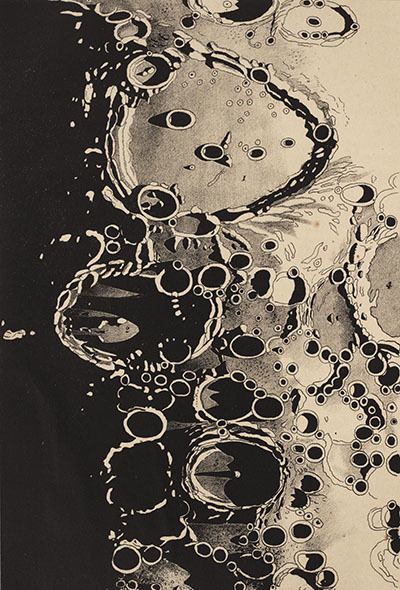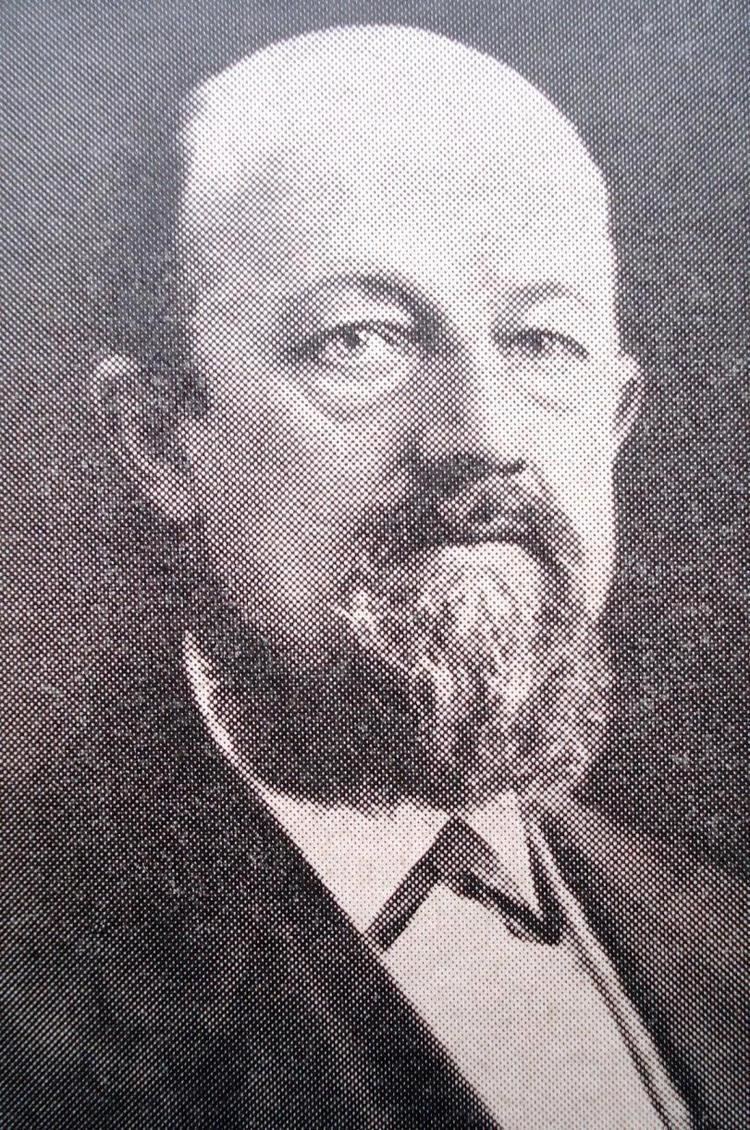Name Johann Julius | Role Astronomer | |
 | ||
Johann Friedrich Julius Schmidt (25 October 1825 in Eutin, Germany – 7 February 1884 in Athens, Greece) was a German astronomer and geophysicist.
Contents

Biography

As a student at a gymnasium in Hamburg, he impressed with his sense of form and drawing abilities and demonstrated a strong interest in science. When he was 14, he came into the possession of a copy of Selenotopographische Fragmente by Johann Hieronymus Schröter, and this influenced a lifelong interest in selenography, the study of the Moon. He went to school in Hamburg and visited Altona Observatory, where he became acquainted with the well-known map of the Moon made by Wilhelm Beer and Johann Heinrich Mädler.

Rümker taught him the fundamentals of astronomical observation (1842–1845). In 1845, he obtained a position as an assistant at the private Benzenberg observatory in Bilk near Düsseldorf, but a year later joined the Bonn Observatory under Friedrich Wilhelm Argelander. In 1853 he became director of Baron von Unkrechtsberg's private observatory at Olmütz (today Olomouc, Czech Republic). In 1858, he became director of the new Athens Observatory, where the clear skies were very suited to astronomical observation, and where he spent the rest of his career.
He spent most of his career since his youth making drawings of the Moon, preparing a map of it. In 1866 he made the astonishing claim that Linné crater had considerably changed its appearance, which began a controversy that continued for many decades. Coming from such a careful lifelong observer, the claim carried some weight; however, the claim is generally considered unproven.
By 1868 his map of the Moon was almost ready, although he did not put the finishing touches to it until 1874. This was the first map of the Moon to surpass the celebrated map of Beer and Mädler.
On 24 November 1876 he discovered Nova Cygni, also known as Q Cygni.
In 1878, Schmidt also edited and published all 25 sections of a moon map by Wilhelm Gotthelf Lohrmann. Lohrmann had completed his map in 1836 but had died in 1840; only the first four sections of the map had been published in 1824. Schmidt was awarded the Valz Prize from the French Academy of Sciences in recognition of this selenographic work.
He also studied vulcanism and seismic phenomena on Earth, sometimes at the risk of his life. He was a pioneer in using the anaeroid barometer for measuring altitude. He published a work on the physical geography of Greece. Other interests were the physical nature of comets and the brightness and periodicity of stars.
He received an honorary doctorate from Bonn in 1868. When he died, the King and Queen of Greece attended the funeral oration at his observatory.
Legacy
The crater Schmidt on the Moon is jointly named for him and two other people of the same last name.
